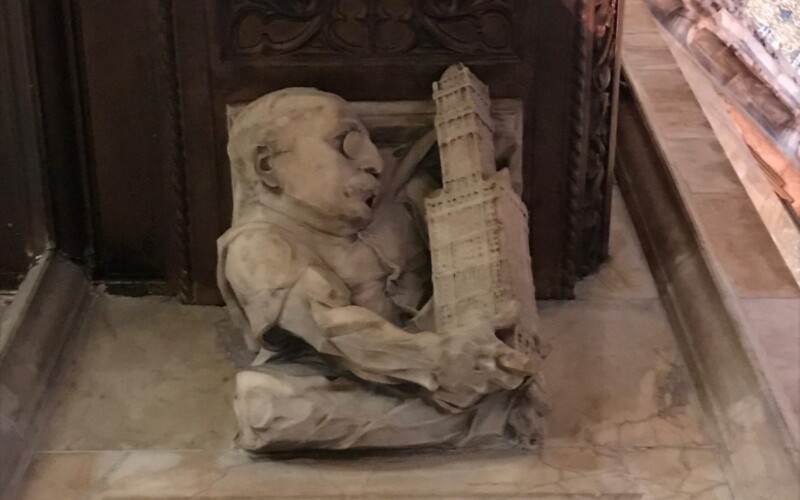We have experience hosting a range of audiences, from college classes to birthday parties to company outings, and we customize our tours to meet your group’s interests and needs.
Book a private tour today
Public markets are one of the foundational institutions of urban life. The Project for Public Spaces defines public markets as indoor or outdoor markets that “operate in public space, serve locally …
Read more
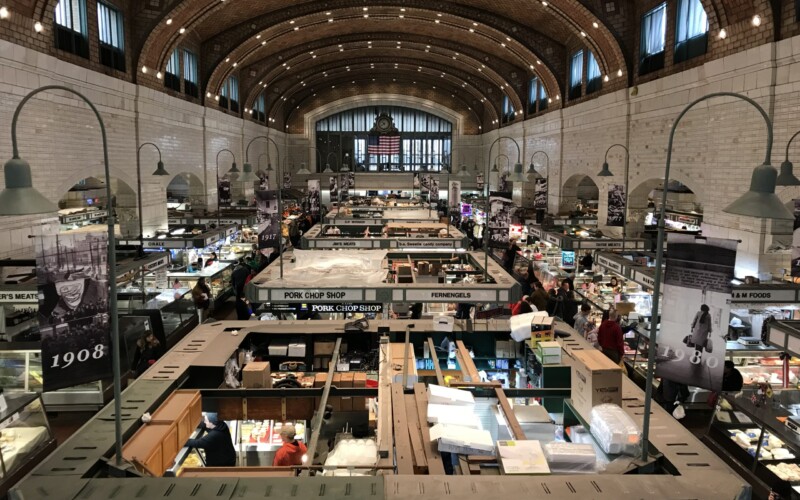
Concrete is the world’s most ubiquitous building material, and many important milestones of its development took place in Brooklyn. In this virtual program, we will examine concrete’s history, production, and …
Read more
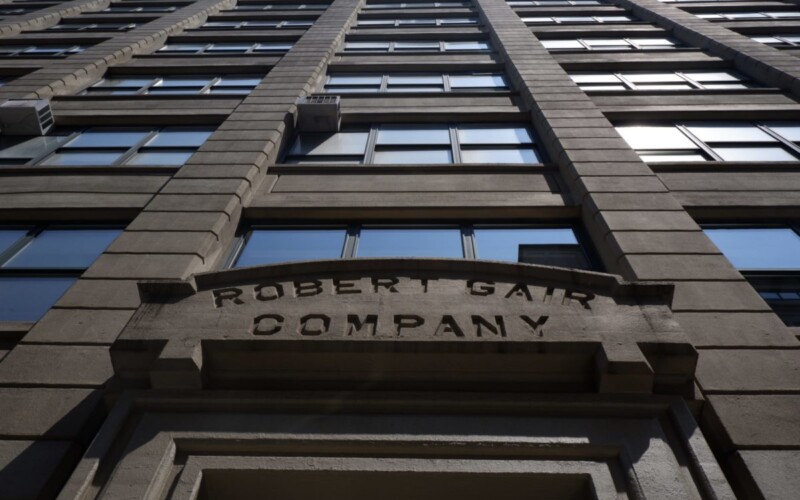
The formal education of Black New Yorkers began with the Manumission Society’s African Free Schools, which first opened in 1787. Though the city was at the forefront of Black education, …
Read more
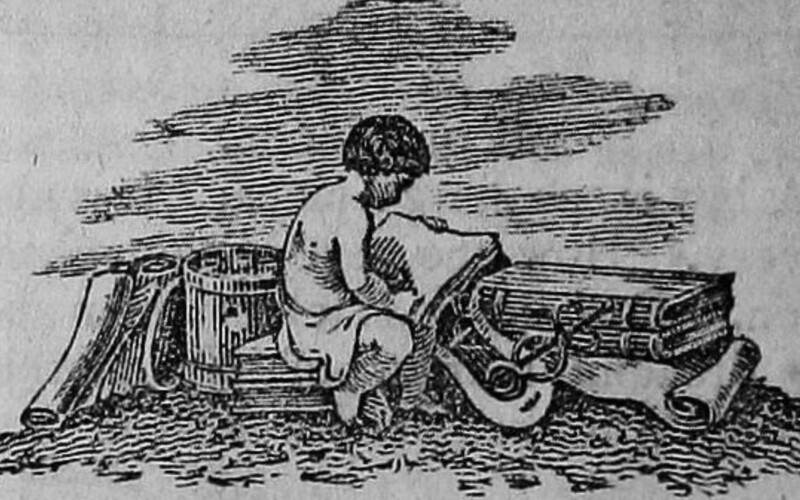
Running from the Canadian border to Long Island Sound, the Connecticut River cuts through the heart of New England. And for a period of about 40 years, a concerted effort …
Read more
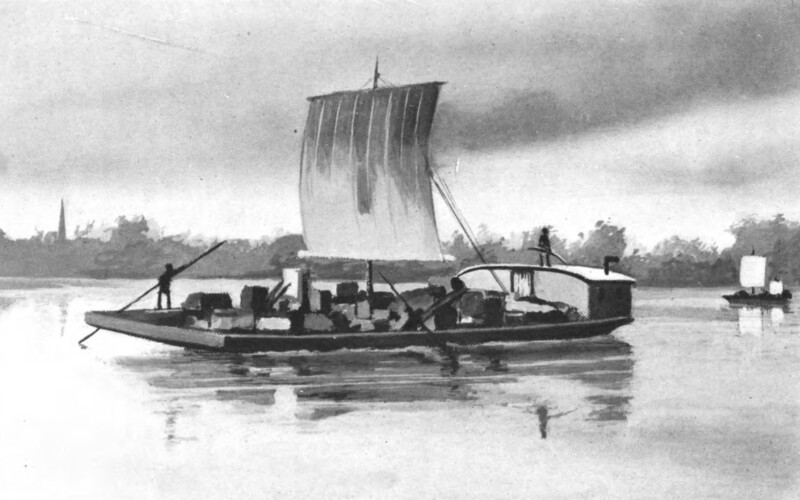
November 24 marks the 161st birthday of the famed architect Cass Gilbert, and to celebrate, we are taking a deep dive into his body of work in New York City. …
Read more
